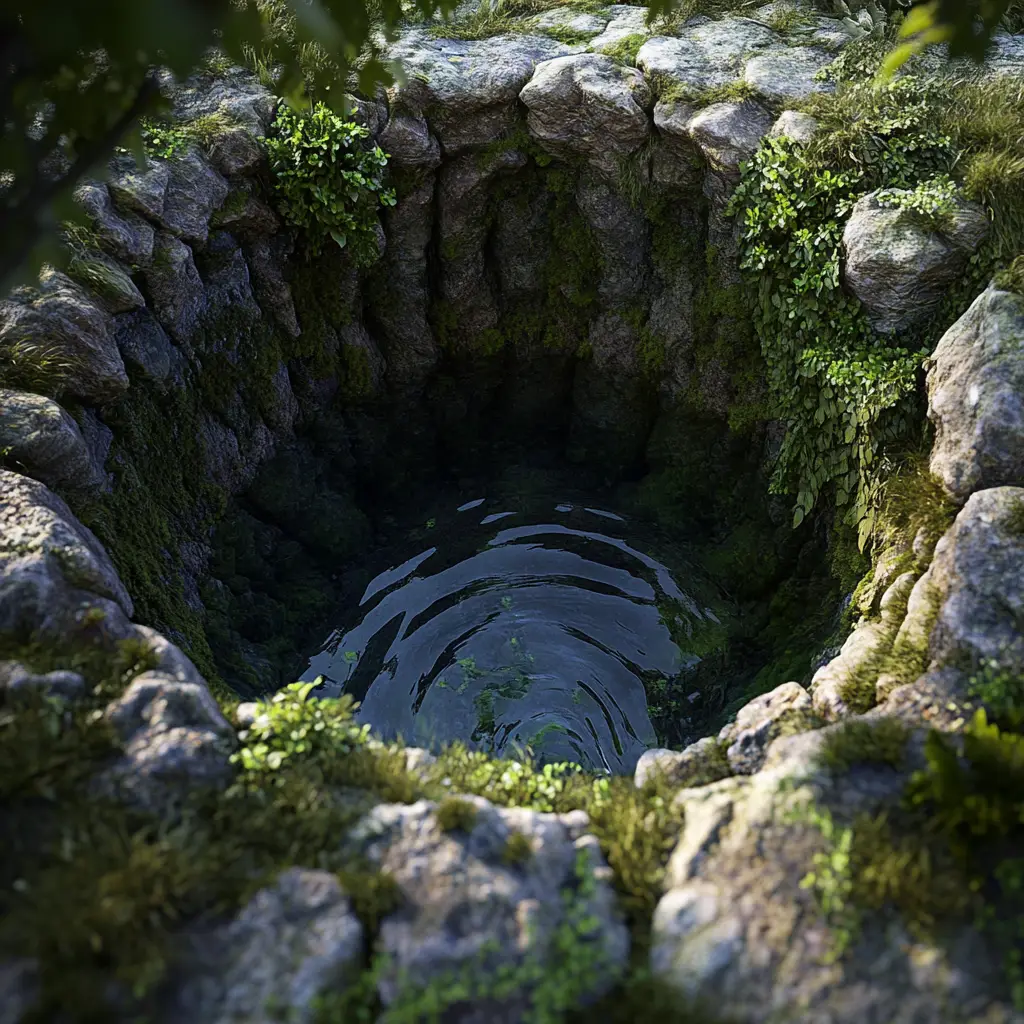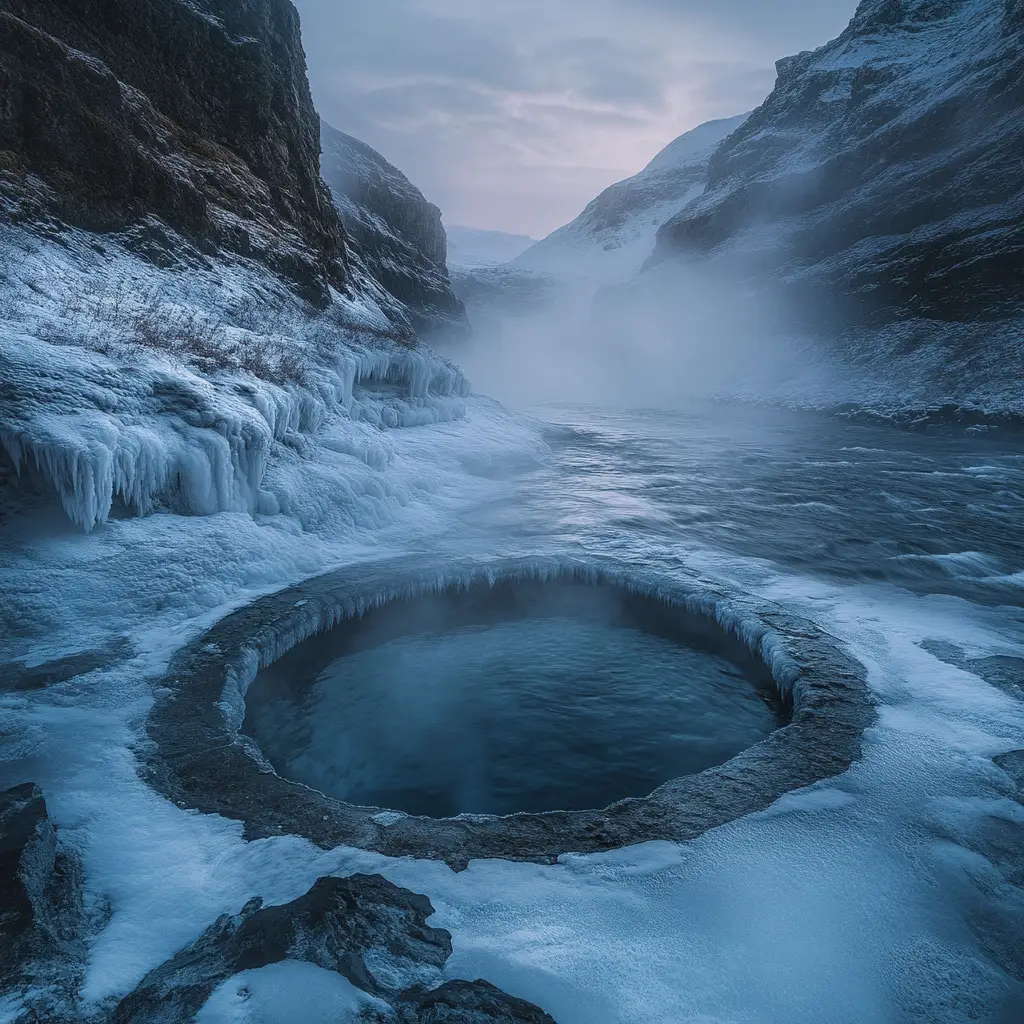The Source of Primal Waters in Norse Mythology
Hvergelmir, meaning “Boiling Cauldron” or “Roaring Kettle,” is a significant well in Norse mythology. Situated in the cold and misty realm of Niflheim, it is the cosmic source of life-giving waters and rivers that nourish the Nine Realms. At the same time, it symbolizes decay and destruction, embodying the cyclical nature of existence.
Location of Hvergelmir
Hvergelmir lies beneath one of the roots of Yggdrasil, the World Tree.
This root extends into Niflheim, the primordial land of mist, ice, and cold.
Role of Hvergelmir in Norse Cosmology
Source of Rivers
Hvergelmir is described as the origin of Élivágar, a collection of primordial rivers that played a crucial role in the creation of the world.
These rivers flowed into the Ginnungagap, where their freezing waters combined with the fiery heat of Muspelheim, giving rise to the first being, Ymir.
Cycle of Life and Death
Water from Hvergelmir sustains Yggdrasil, connecting the well to life and renewal.
It is also associated with decay and endings, as the dragon Níðhöggr gnaws at Yggdrasil’s roots near this well.
Guardianship and Symbolism
Níðhöggr
The dragon/serpent Níðhöggr resides at Hvergelmir, perpetually gnawing at Yggdrasil’s roots, symbolizing entropy and destruction.
Despite its destructive nature, Níðhöggr’s actions are part of the natural cycle, reflecting the Norse view of balance between creation and decay.
Primordial Waters
Hvergelmir’s waters represent both the chaotic forces that gave rise to the cosmos and the sustaining power that maintains it.
Its duality mirrors the Norse understanding of life’s interconnected and cyclical nature.
Hvergelmir’s Place in Mythological Texts
In the Gylfaginning section of Snorri Sturluson’s Prose Edda, Hvergelmir is described as the origin of all rivers and the place where Níðhöggr resides.
The text portrays Hvergelmir as both a life-giving force and a site of relentless destruction, highlighting its cosmological importance.
Hvergelmir in Art and Modern Culture
Often depicted as a mystical, steaming cauldron surrounded by icy rivers and the gnawing Níðhöggr.
Modern interpretations see it as a symbol of the primal forces of nature and the origins of existence, inspiring works in art, literature, and fantasy media.


